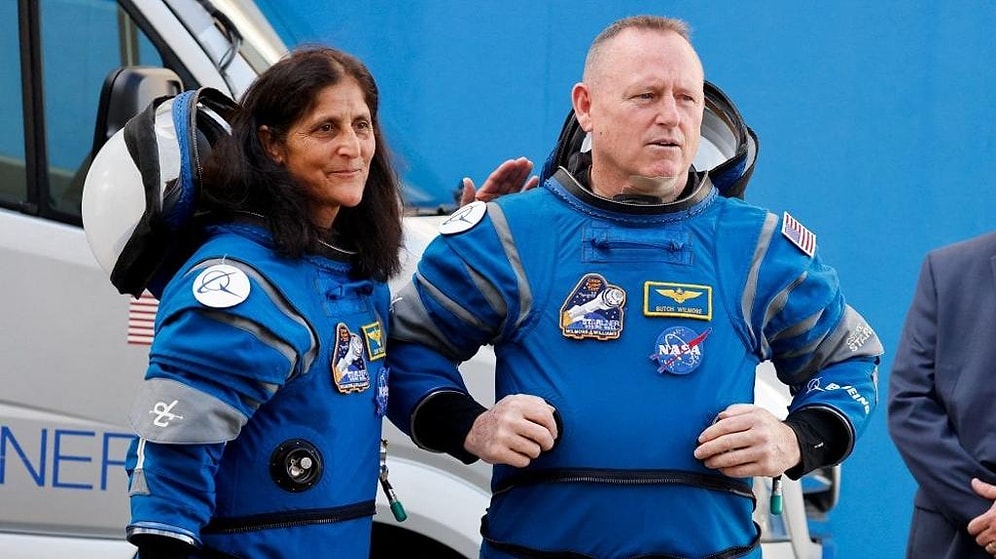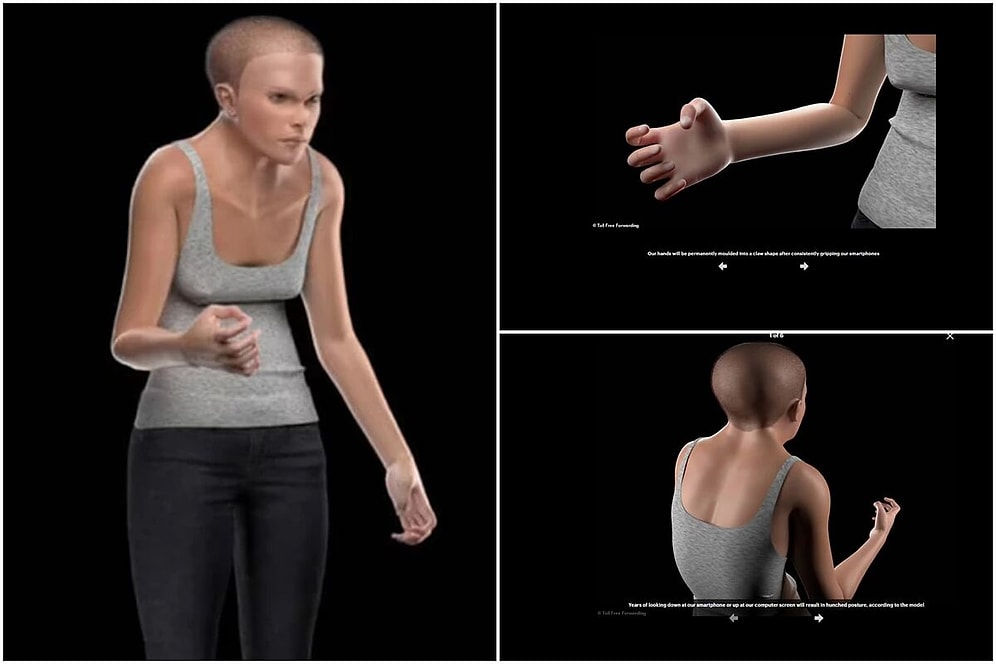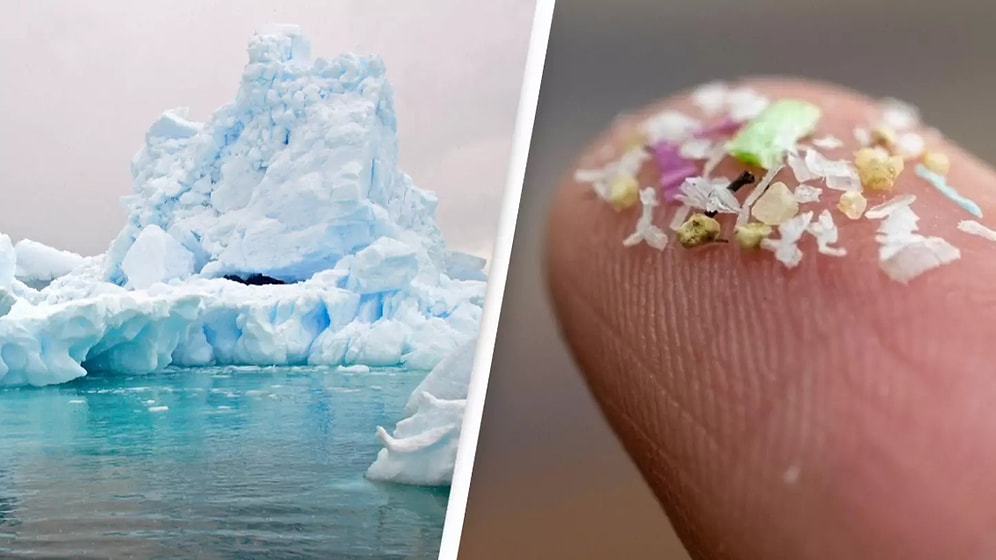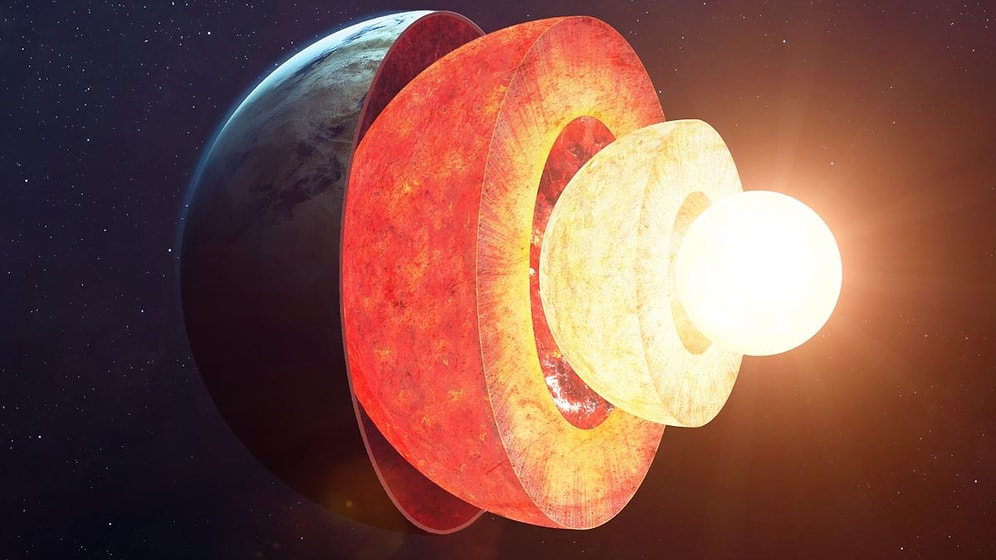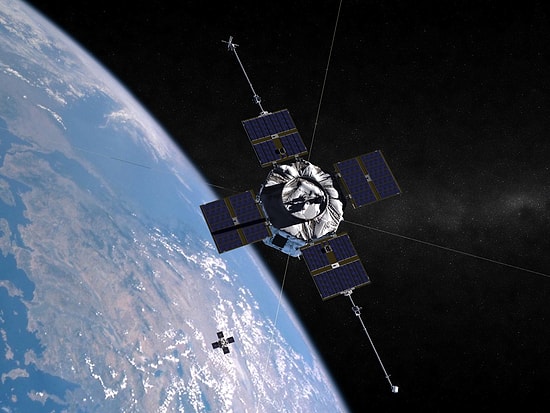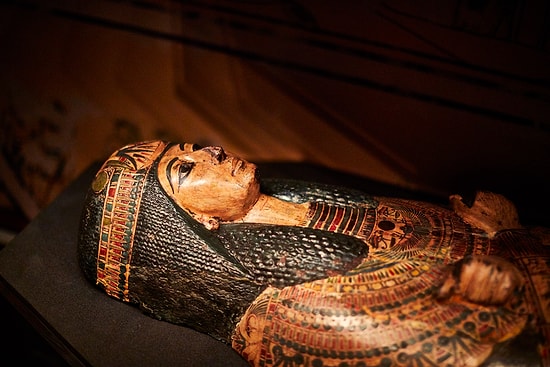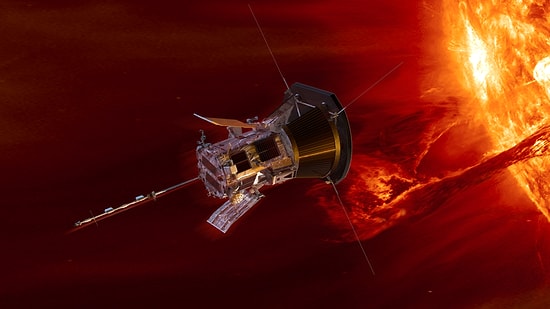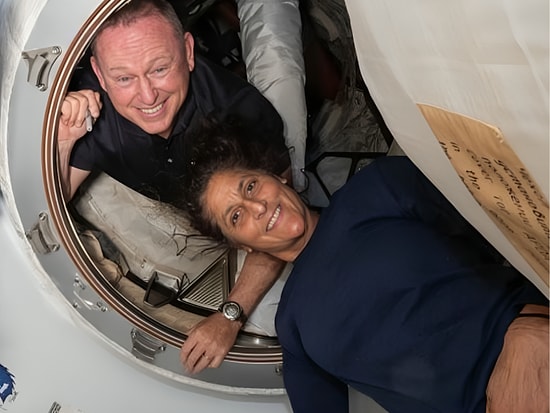Could There Be Only 6 Continents Instead of 7?
For as long as we’ve known, the world has been divided into 7 continents: Australia, Europe, Antarctica, South America, North America, Africa, and Asia. But what if everything we’ve learned is wrong? 🤯 A groundbreaking study from Derby University published in Gondwana Research suggests that there may only be 6 continents! The study proposes that North America and Europe were once connected, and the Atlantic Ocean might not be enough to separate them. What could this revelation mean for our understanding of Earth's geography? Get ready for some mind-blowing revelations that could change everything! 🌍
When Will the Rare 7-Planet Alignment Happen? Here's What You Need to Know
Get ready for another breathtaking celestial event this February! After last month's stunning alignment of 6 planets, we're in for an even rarer spectacle—a 7-planet alignment! Mars, Jupiter, Uranus, Neptune, Saturn, Venus, and more will align for an extraordinary cosmic display. But when exactly will this 'planetary gateway' happen, and which planets will be part of it? Find out everything you need to know about this rare astronomical phenomenon!
Scientists Discover Mysterious Bird Chirps from 100,000 Kilometers Away in Deep Space
Imagine hearing bird chirps coming from deep space, 100,000 kilometers away from Earth! That’s exactly what scientists have discovered—mysterious cosmic waves resembling bird sounds, detectable by the human ear. But what could these unusual “chirps” mean, and what in the universe could be producing them? Is it a sign of extraterrestrial life, or is space playing tricks on us? The answers might surprise you—read on for all the mind-blowing details!
CIA Finally Reveals COVID-19 Likely Originated From a Lab
n a bombshell statement, the CIA has revealed that COVID-19, which claimed over 7 million lives worldwide, likely originated from a laboratory. While many speculated that the virus came from a bat in Wuhan, China, the CIA’s new assessment points to a possible lab leak. What does this revelation mean for the ongoing investigations and the future of global health? Here's what we know so far.
When Will the Rare Planetary Alignment Happen? 6 Planets Set to Line Up
The countdown has begun for one of January’s most thrilling astronomical events! A stunning spectacle is on the horizon as six planets will align in the sky, creating a breathtaking arc shape. Known as the 'planetary alignment,' this rare occurrence marks a unique multi-planet phase. So, when will this cosmic event happen, and which planets will align for this awe-inspiring sky show? Keep reading to find out!
Forget Bad Memories Forever: Is It Really Possible to Erase Them?
What if you could delete your worst memories just like you clear your browser history? Imagine a life without painful experiences haunting your mind. While the idea has long been a dream, scientists are now one step closer to making it a reality. According to a recent breakthrough, researchers have developed a method to erase negative memories – and it could change everything. Ready to say goodbye to your worst memories? Find out how this groundbreaking discovery might soon make it possible!
When Will the World End? Experts Predict the Unthinkable
For millions of years, Earth has been the only known planet teeming with life, but we all know it won't last forever. So, when will it all come to an end? What does science say about the inevitable? New studies from the U.S. are offering chilling predictions about how and when our planet might face its ultimate demise. Are you ready to uncover the truth? Let’s dive into the unsettling forecasts and shocking theories about Earth’s future!
Is Teleportation Becoming a Reality? What Science Says About This Sci-Fi Dream
Imagine pressing a button and instantly teleporting from Istanbul to the Sydney Opera House—or even taking a quick trip to Mars and back within minutes. Teleportation has long been a fascinating concept in science fiction, captivating audiences with its promise of instant travel. But how close are we to making this sci-fi dream a reality? While the idea seems far-fetched, advancements in quantum mechanics and technology might hold the key. Let’s dive into what science has to say about the possibility of teleportation.
The Shocking 'Lost' 300 Years: Are We Living in a Fabricated Timeline?
What if we told you that you're not actually living in 2025, but instead in the year 1725? German historian Heribert Illig claims that 300 years of history, specifically from 614 to 911, never actually happened. According to Illig, key historical events and figures were manipulated, with the likes of Pope Sylvester II and Emperor Otto III altering the timeline itself. Could this controversial theory be true? Dive into the mind-boggling evidence behind this theory that’s shaking the very foundations of history!
Marie Curie’s Secret Weapon That Saved 1 Million Lives During WWI: 'The Petites Curies'
Marie Curie is often remembered for her groundbreaking work in radioactivity and her two Nobel Prizes, but few know about her extraordinary contributions during World War I. Curie developed mobile X-ray units known as 'Petites Curies,' which revolutionized battlefield medicine and helped save over a million lives. Discover the untold story of how her scientific brilliance transformed war medicine!
Could the Universe Be a Simulation? Scientist Claims Proof is Hidden in Plain Sight
What if everything we know about the universe is just an illusion? Dr. Melvin Vopson from Portsmouth University suggests that the universe might actually be a highly advanced simulation controlled by artificial intelligence. Backing up his claims with surprising references from sacred texts, Vopson's bold theory challenges the boundaries between science and belief. Could this mind-bending idea be closer to reality than we think? Find out more about this shocking revelation!
The Link Between Ancient Egypt and the Deadly Plague – 3,000-Year-Old Mummy Holds Key Evidence
A groundbreaking discovery is rewriting history: the origins of the infamous Black Death, which devastated 14th-century Europe, can be traced all the way back to Ancient Egypt. Scientists have found molecular evidence of the plague in a 3,000-year-old Egyptian mummy, proving that this deadly disease predates what we previously knew. This astonishing find links the plague to ancient civilizations, revealing how it spread long before it ravaged Europe, China, and beyond. Curious about the shocking details? Read on to learn more!
NASA’s Parker Solar Probe Is Set to 'Touch' the Sun – A Historic Space Milestone
NASA is breaking boundaries yet again with its groundbreaking Parker Solar Probe. The spacecraft is on a mission to reach the closest point to the Sun ever attempted—just 6.2 million kilometers away! This incredible journey promises to unlock new discoveries about our star and push the limits of human exploration. Want to know how this daring mission could change our understanding of the Sun forever? Keep reading for the fascinating details!
NASA’s Stranded Astronauts Will Stay on the ISS for Another 9 Months
Astronauts Butch Wilmore and Sunita Williams have been stuck aboard the International Space Station (ISS) since June 2024, and their long-awaited return to Earth has just been delayed once again! Due to a delay with SpaceX's Dragon capsule, NASA has confirmed that the astronauts will remain in space for at least 9 more months. How much longer will these brave astronauts stay in orbit, and when will they finally return home? Get the full story on their extraordinary space journey!
Scientists Create Ultra-Thin ‘Spaghetti’ 200 Times Thinner Than Human Hair
Breaking boundaries yet again, scientists have developed an extraordinary material—spaghetti-like strands 200 times thinner than a human hair. But don’t expect this groundbreaking discovery to end up on your dinner plate! Made from nanofibers, these ultra-thin strands are crafted from starch-rich components similar to traditional pasta but hold immense potential for revolutionizing the medical field. Could this innovative 'spaghetti' be the key to new treatments and life-saving technologies? Dive into the details of this incredible advancement!
